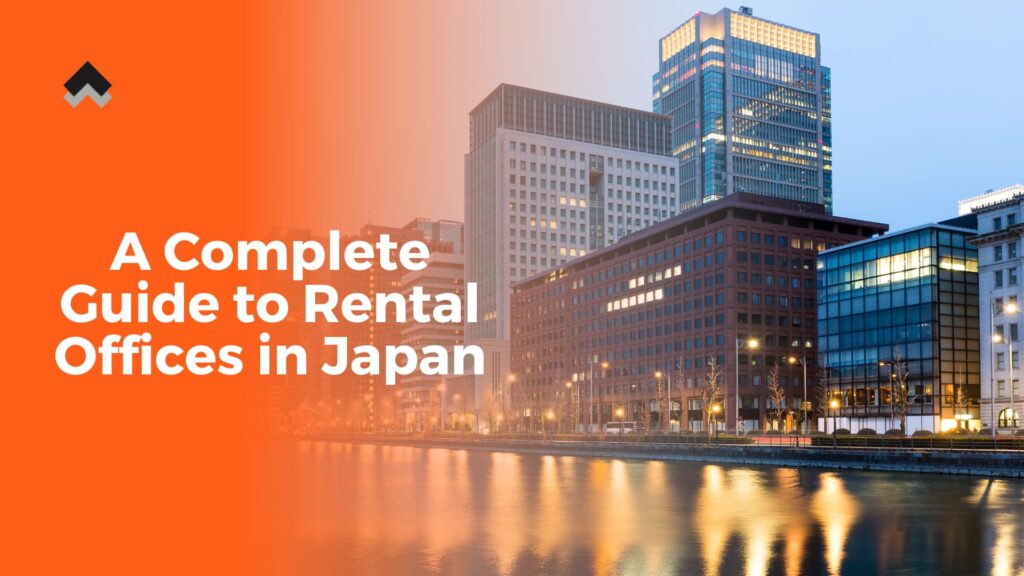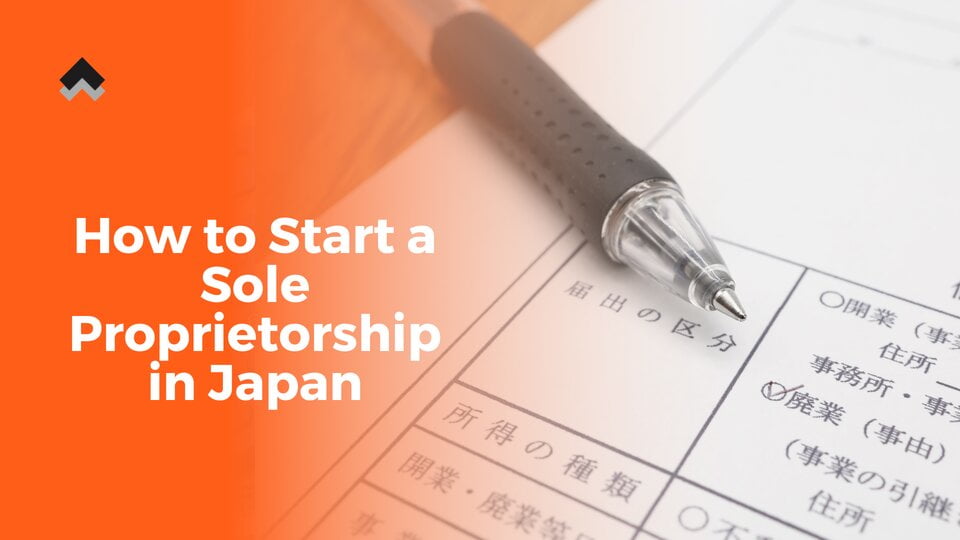Introduction
Incorporating a business in Japan is an exciting step, but it comes with a series of mandatory tax office notifications that are crucial for compliance. Understanding and fulfilling these requirements promptly ensures that your business operates smoothly and avoids potential penalties. This article provides a comprehensive guide to tax office notifications after incorporation, covering essential forms, deadlines, common mistakes, and best practices.
Why do Tax Office Notification Forms Matter?
Tax office notification forms are essential for ensuring legal compliance and smooth operation of a newly incorporated business in Japan. They serve as formal documentation to inform the tax authorities about your business’s establishment, payroll setup, and other significant changes. Submitting these forms accurately and on time helps avoid penalties, ensures proper tax treatment, and establishes a transparent relationship with the tax office. This proactive compliance facilitates better business management and avoids potential legal and financial complications.

Initial Notifications and Requirements
Notification of Incorporation (法人設立届出書, Hōjin Setsuritsu Todokedesho)
- What it is: This form notifies the tax office of your company’s official establishment.
- When should you submit this: It is mandatory within two months of the date of incorporation.
- Where are you submitting this to: The local tax office responsible for the area where your company is headquartered.
- What information do you have to include: Company name, address, business purpose, and representative’s information.
- When do you have to submit it by (deadline): Within two months from the date of incorporation.
Notification of Establishment of a Payroll Office (給与支払事務所等の開設届出書, Kyūyo Shiharai Jimusho tō no Kaisetsu Todokedesho)
- What it is: This form is used to notify the tax office of the establishment of a payroll office.
- When should you submit this: Within one month of establishing the payroll office.
- Where are you submitting this to: The tax office in charge of the area where the payroll office is located.
- What information do you have to include: Details of the payroll office including address and start date.
- When do you have to submit it by (deadline): Within one month from the establishment of the payroll office.
Application for Approval of Blue Return (青色申告承認申請書, Aoiro Shinkoku Shōnin Shinseisho)
- What it is: If you wish to file a Blue Return, which allows for certain tax advantages, you need to submit this application.
- When should you submit this: Within three months from the date of incorporation or the first day of the fiscal year, whichever is earlier.
- Where are you submitting this to: The local tax office.
- What information do you have to include: Accounting period, accounting method, and details of the person responsible for bookkeeping.
- When do you have to submit it by (deadline): Within three months from the date of incorporation or the first day of the fiscal year, whichever is earlier.
Notification of Establishment of Labor Insurance (労働保険の成立届, Rōdō Hoken no Seiritsu Todoke)
- What it is: This notifies the relevant office about the establishment of labor insurance for employees only if you have employees.
- When should you submit this: As soon as possible after incorporation.
- Where are you submitting this to: The local Labor Standards Inspection Office(労働基準監督署).
- What information do you have to include: Company details, number of employees, and insurance details.
- When do you have to submit it by (deadline): Immediately after incorporation.
Notification of Acquisition of Health Insurance and Employee Pension Insurance (健康保険・厚生年金保険 新規適用届, Kenkō Hoken/Kōsei Nenkin Hoken Shinki Tekiyō Todoke)
- What it is: This form is for notifying about the acquisition of health insurance and employee pension insurance.
- When should you submit this: Within five days of hiring your first employee.
- Where are you submitting this to: The Japan Pension Service office.
- What information do you have to include: Employee details and insurance information.
- When do you have to submit it by (deadline): Within five days of hiring the first employee.
| Notification Type | Description | Submission Timeline | Submission Location | Required Information | Deadline |
| Notification of Incorporation (法人設立届出書, Hōjin Setsuritsu Todokedesho) | Notifies the tax office of your company’s official establishment. | Within two months of the date of incorporation. | The local tax office responsible for the area where your company is headquartered. | Company name, address, business purpose, and representative’s information. | Within two months from the date of incorporation. |
| Notification of Establishment of a Payroll Office (給与支払事務所等の開設届出書, Kyūyo Shiharai Jimusho tō no Kaisetsu Todokedesho) | Notifies the tax office of the establishment of a payroll office. | Within one month of establishing the payroll office. | The tax office in charge of the area where the payroll office is located. | Details of the payroll office including address and start date. | Within one month from the establishment of the payroll office. |
| Application for Approval of Blue Return (青色申告承認申請書, Aoiro Shinkoku Shōnin Shinseisho) | If you wish to file a Blue Return, which allows for certain tax advantages, you need to submit this application. | Within three months from the date of incorporation or the first day of the fiscal year, whichever is earlier. | The local tax office. | Accounting period, accounting method, and details of the person responsible for bookkeeping. | Within three months from the date of incorporation or the first day of the fiscal year, whichever is earlier. |
| Notification of Establishment of Labor Insurance (労働保険の成立届, Rōdō Hoken no Seiritsu Todoke) | Notifies the relevant office about the establishment of labor insurance for employees only if you have employees. | As soon as possible after incorporation. | The local Labor Standards Inspection Office (労働基準監督署). | Company details, number of employees, and insurance details. | Immediately after incorporation. |
| Notification of Acquisition of Health Insurance and Employee Pension Insurance (健康保険・厚生年金保険 新規適用届, Kenkō Hoken/Kōsei Nenkin Hoken Shinki Tekiyō Todoke) | Notifies about the acquisition of health insurance and employee pension insurance. | Within five days of hiring your first employee. | The Japan Pension Service office. | Employee details and insurance information. | Within five days of hiring the first employee. |

Compliance and Updates
Updating the Tax Office on Business Changes:
- Any significant changes in your business, such as a change in address, business activities, or company structure, must be reported to the tax office. This ensures that your tax records are up-to-date and accurate.
Appointment of a Tax Agent:
- If you appoint a tax agent to handle your tax matters, you must notify the tax office. This involves submitting a Notification of Tax Agent (納税管理人届出書, Nōzei Kanrinin Todokedesho) form, which provides details about the appointed agent and their responsibilities.
Verifying Receipt and Processing of Notifications:
- After submitting notifications, verify that the tax office has received and processed them. This can often be done through the e-Tax system or by contacting the tax office directly.
Amending Notifications:
- If errors are found in previously submitted notifications, you can amend them by submitting a correction form. This ensures that your records are accurate and up-to-date.
4 Best Practices and Resources After Incorporation
- Record-Keeping Requirements:
- Maintain accurate records of all submitted notifications, including copies of forms and receipts of submission. These records should be kept for at least seven years as they may be required for future reference or audits.
- Interplay with Other Regulatory Filings:
- Tax notifications are often related to other regulatory filings, such as those with the Legal Affairs Bureau or local government offices. Ensure all filings are consistent and coordinated to maintain compliance.
- Resources for Assistance:
- Seek assistance from tax professionals, utilize government support services, and access online guides provided by the National Tax Agency and other reliable sources. These resources can help navigate complex tax requirements.
- Best Practices for Managing Ongoing Compliance:
- Regularly review and update your tax notifications, stay informed about changes in tax laws, and consult with tax professionals to ensure ongoing compliance. Proactive management helps avoid issues and ensures smooth business operations.
Final Thoughts
Understanding and fulfilling tax office notifications after incorporation is essential for business compliance in Japan. By following the guidelines outlined in this article, you can ensure that your business meets its tax obligations, avoids penalties, and operates smoothly. For further assistance, consult with tax professionals and stay informed about regulatory changes.


